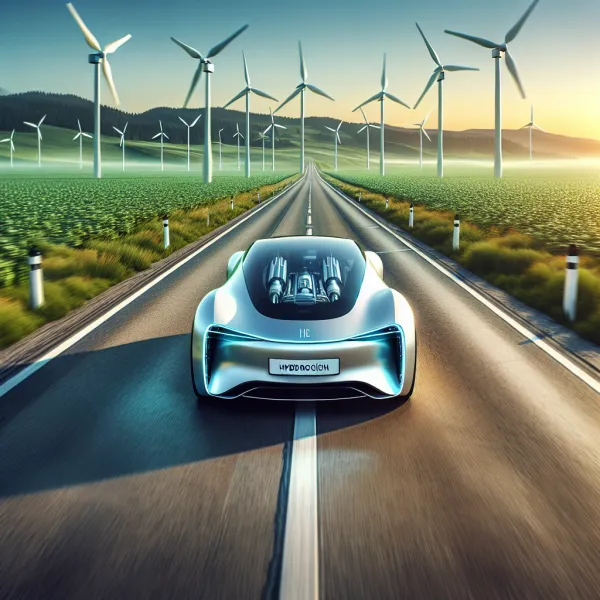Toyota Mirai: The Future of Hydrogen-Powered Mobility
Toyota Mirai: The Future of Hydrogen-Powered Mobility
The automotive industry is undergoing a seismic shift, and at the forefront of this transformation is the Toyota Mirai. As one of the first mass-produced hydrogen fuel cell vehicles, the Mirai is a testament to Toyota's commitment to innovation and sustainability. But what makes this car so special, and why is it being hailed as a game-changer in the world of green transportation?
What is the Toyota Mirai?
The Toyota Mirai, which translates to future in Japanese, is a hydrogen fuel cell electric vehicle (FCEV). Unlike traditional internal combustion engine vehicles or even battery electric vehicles (BEVs), the Mirai uses hydrogen as its primary energy source. This innovative technology allows the car to produce zero emissions, with the only byproduct being water vapor.
How Does the Hydrogen Fuel Cell Work?
At the heart of the Toyota Mirai is its hydrogen fuel cell system. Here's a simplified breakdown of how it works:
- Hydrogen Storage: The Mirai is equipped with high-pressure hydrogen tanks that store the fuel.
- Fuel Cell Stack: Hydrogen from the tanks is combined with oxygen from the air in the fuel cell stack. This chemical reaction generates electricity.
- Electric Motor: The electricity powers the car's electric motor, propelling the vehicle forward.
- Water Vapor Emission: The only byproduct of this process is water vapor, making the Mirai an environmentally friendly option.
Key Features of the Toyota Mirai
The Toyota Mirai isn't just about cutting-edge technology; it also offers a host of features that make it a practical and enjoyable car to drive:
- Impressive Range: The Mirai boasts a driving range of approximately 400-500 miles on a full tank of hydrogen, rivaling many gasoline-powered vehicles.
- Quick Refueling: Refueling the Mirai takes just 3-5 minutes, a significant advantage over battery electric vehicles that require hours to recharge.
- Luxurious Design: The Mirai features a sleek, futuristic design with a spacious and comfortable interior, complete with advanced infotainment and safety systems.
- Zero Emissions: With no harmful emissions, the Mirai is a perfect choice for eco-conscious drivers.
The Challenges of Hydrogen Infrastructure
While the Toyota Mirai is a marvel of engineering, its widespread adoption faces challenges, primarily due to the limited hydrogen refueling infrastructure. Currently, hydrogen stations are concentrated in specific regions, such as California in the United States, making it less accessible for many potential buyers. However, Toyota and other stakeholders are actively working to expand this infrastructure to make hydrogen-powered vehicles more viable on a global scale.
Why the Toyota Mirai Matters
The Toyota Mirai represents more than just a car; it symbolizes a shift towards a more sustainable future. By investing in hydrogen technology, Toyota is addressing some of the most pressing environmental issues, such as reducing greenhouse gas emissions and dependence on fossil fuels. As governments and industries worldwide push for carbon neutrality, vehicles like the Mirai could play a pivotal role in achieving these goals.
The Toyota Mirai is not just a car; it's a vision of a cleaner, greener future.
Conclusion
The Toyota Mirai is a bold step forward in the quest for sustainable transportation. With its innovative hydrogen fuel cell technology, impressive range, and zero emissions, it offers a glimpse into what the future of mobility could look like. While challenges remain, the Mirai's potential to revolutionize the automotive industry is undeniable. As hydrogen infrastructure continues to grow, the Mirai and vehicles like it could become a common sight on our roads, driving us towards a cleaner, greener tomorrow.
